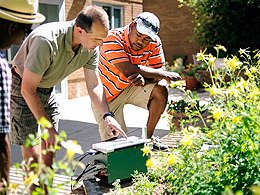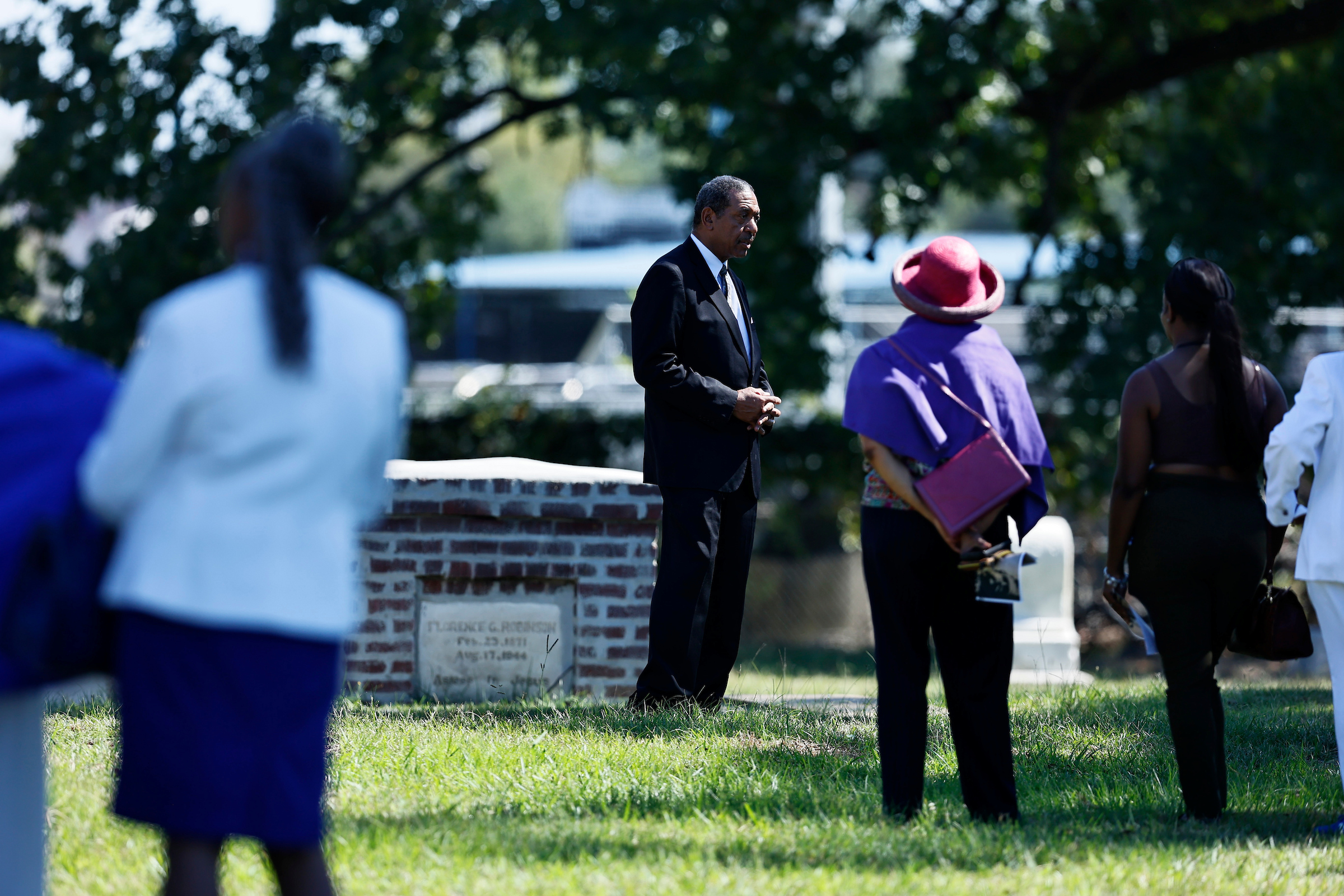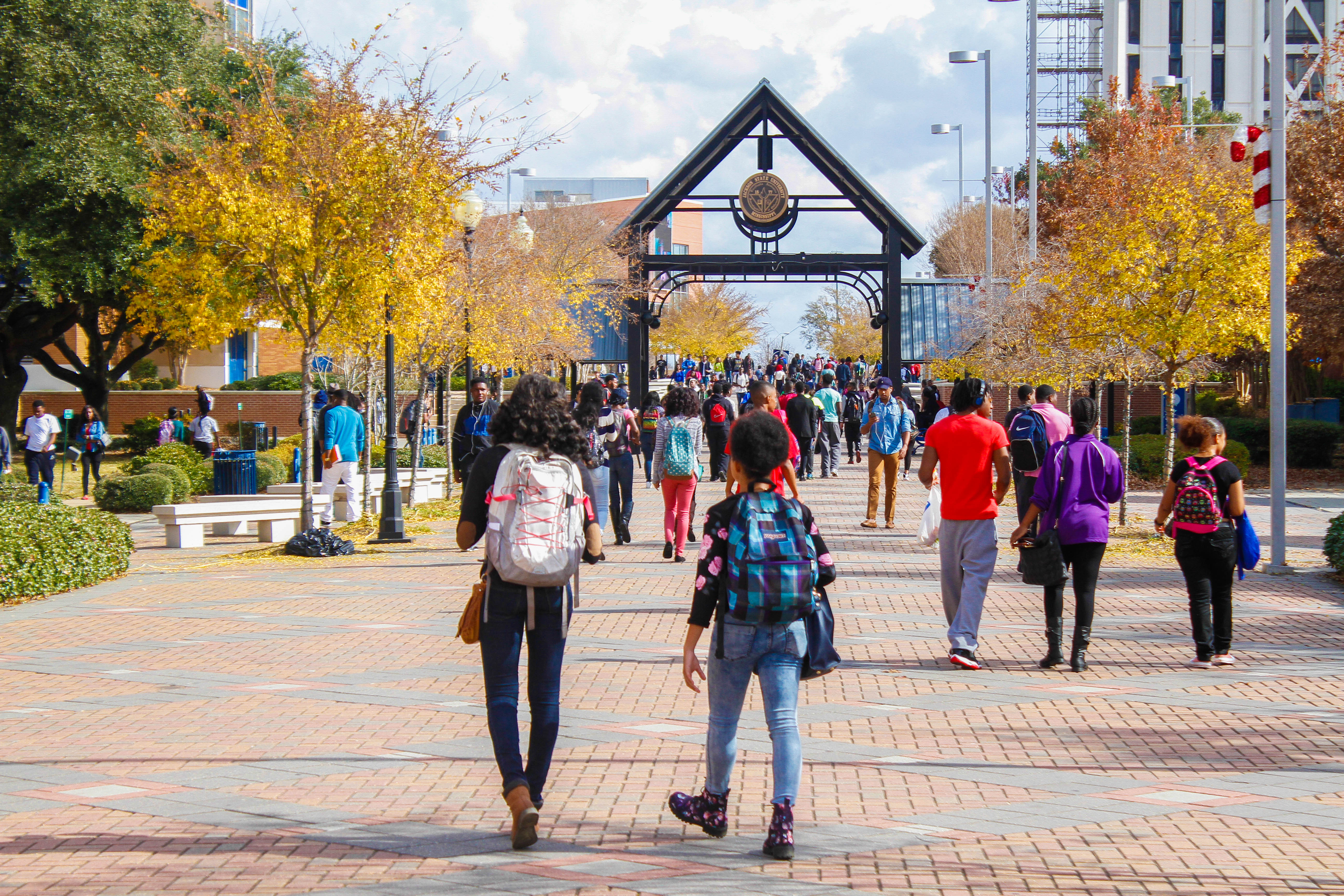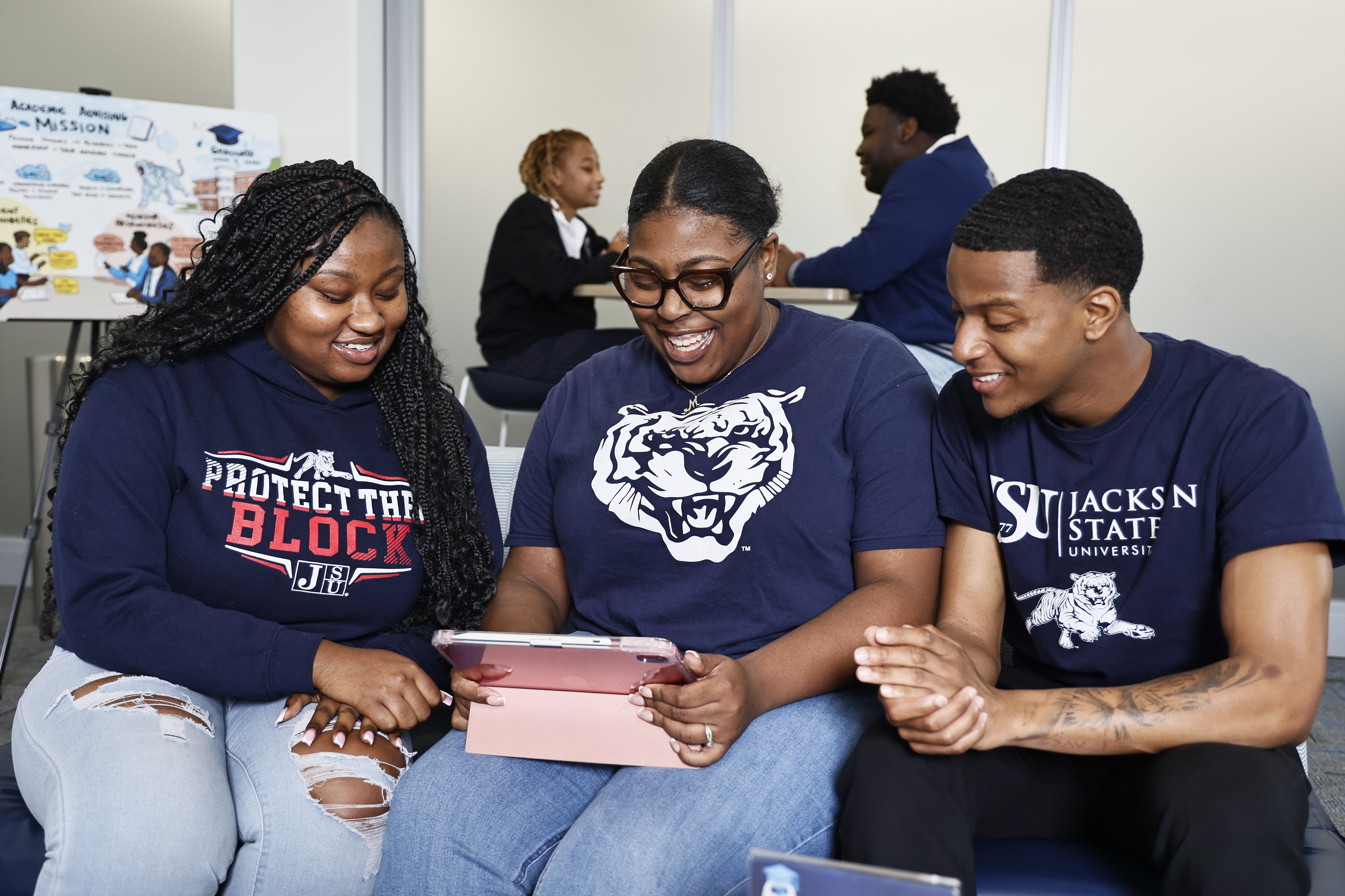For Carlos Martinez, the University of Wyoming is worlds away from his home in Bogota, Colombia. But for the Jackson State University junior, the skills he developed and experience he gained using new hydrology equipment will be invaluable to his future plans.

Martinez strongly wants to address environmental problems that result from the mining of gold by European companies near a number of villages in the Andes Mountains which, like Wyoming, has terrain at high altitudes.
“For (mining) a gram of gold, you need 1,000 liters of water,” Martinez says. “They’re taking water out of the rivers that is important to those villages. Usually, those little villages rely on agriculture. That is very rich land.”
Martinez is among eight JSU students — all earth systems science majors — who spent the last two weeks studying the hydrology, ecology and geology of the Snowy and Laramie ranges. The visiting students paired up for the research with a mix of eight UW undergraduate and graduate students majoring in ecosystem science, hydrology, botany and geography.
The collaborative field course, which wrapped up June 27, was part of the outreach component of a five-year $20 million grant award from the National Science Foundation to Wyoming Experimental Program to Stimulate Competitive Research (EPSCoR).
One of NSF’s goals for the EPSCoR grant is to find ways to increase diversity in universities that NSF works with. As a result, UW paired with Jackson State, the only historically black college or university that currently offers a degree in earth systems science.
In the field, students had the opportunity to use all of the new equipment recently purchased by the Wyoming Center for Environmental Hydrology and Geophysics, a multidisciplinary center established, as part of the grant, at UW in July 2012.
Students used geophysics to understand where water is located in the soil, and even to distinguish what percentage of that water is snowmelt and what percentage is from rainwater. Students collected data in the field and made their analyses in the laboratory. Laura Matthews, a Jackson State University sophomore, works with a centrifuge, which is used to measure how efficiently water moves through a stem.
“I really liked the hydro-physics part,” says Laura Matthews, a JSU sophomore from Vicksburg, Miss. “We tested the (water’s) isotopes, which were different depending on where the plant’s water comes from, the snow or groundwater.”
Mitchell Johnson was impressed with the variety of UW field equipment available and made mention of the ground penetrating radar (GPR), which transmits radar pulses into the ground to image the subsurface.
“I have prior experience with GPR at the Critical Zone Observatory at Penn State,” says Johnson, a recent JSU graduate from Meridian, Miss.
Brandon Rankin, a JSU senior from Clinton, Miss., learned about seismic stratigraphy, in which he used a seismograph to view aquifers and shale fragments to “see the underground at work.” In order to conduct analyses, students also learned different programs that incorporate with the instruments they operated in the field, says Rankin, who sees environmental urban planning and development in his future.
Tyler Mason, a JSU senior, was curious about the recent pine beetle epidemic in Wyoming. Pine beetles destroyed trees on his family’s farm in Madison, Miss., he says.
“That kind of hit home,” Mason says.
Mason adds he has been able to use a lot of hydrology equipment not available at JSU and is impressed with the UW faculty he’s worked with.
“Everybody here are renowned professors and known throughout the industry,” Mason says. “If I put this experience on my resume, it will carry a lot of weight.”
Ezat Heydari, a Jackson State professor of geoscience, accompanied the JSU students.
—–
Source: The University of Wyoming







Leave a Reply